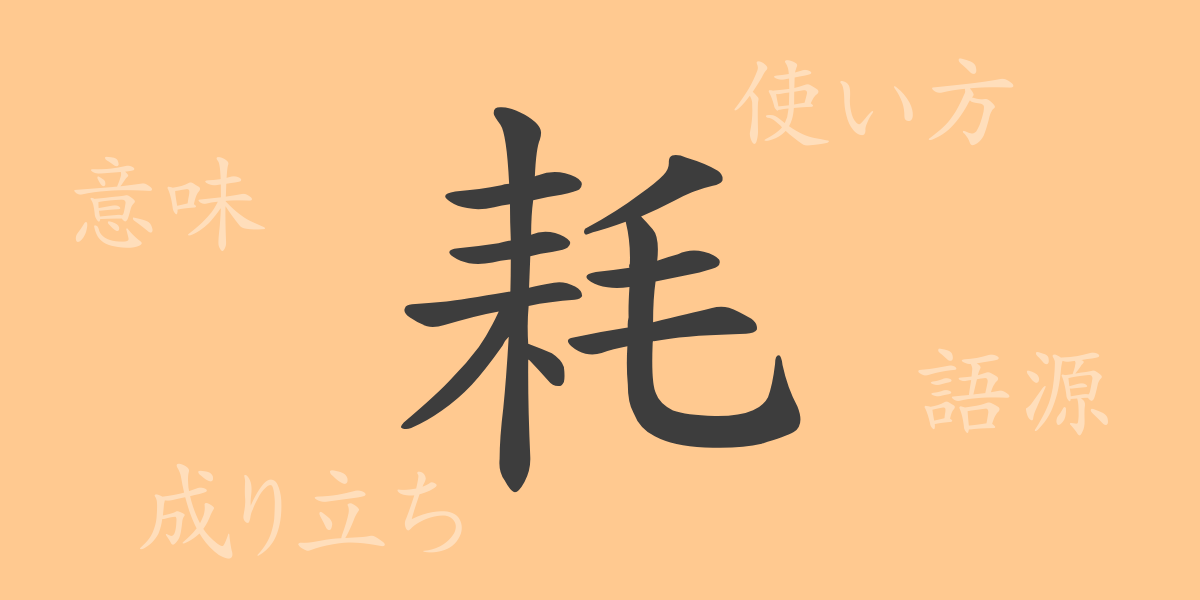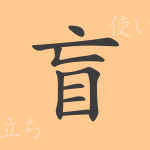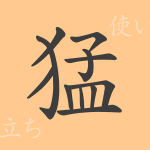The beauty of the Japanese language lies in its complexity and depth. Each character has its own unique history and meaning, reflecting the richness of Japanese culture and language. In this article, we will spotlight one of the common kanji (漢字) characters, “耗 (mou),” and delve into its origins, meanings, and usage. By uncovering the unique charm of this kanji, we aim to understand its application through daily usage examples and idiomatic expressions.
Origins of 耗 (mou)
The kanji “耗 (mou)” may evoke images related to agriculture due to its shape, but its origins trace back to ancient China. It is composed of “田 (den),” representing a field, and “毛 (mou),” representing a caterpillar. This combination evokes the image of pests consuming crops, leading to the concept of gradual depletion of time or resources. Thus, “耗 (mou)” came to be used as a kanji meaning consumption or reduction.
Meaning and Usage of 耗 (mou)
The kanji “耗 (mou)” means “to consume,” “to diminish,” or “to exhaust.” Specifically, it is used to describe the gradual depletion of resources, time, or energy. In business contexts, terms like “消耗品 (shoumo-hin)” meaning “consumables” and “耗減 (kougen)” meaning “reduction” are frequently used. In everyday conversation, expressions like “体力を耗す (tairyoku o mousu)” meaning “to exhaust physical strength” are common.
Reading, Stroke Count, and Radical of 耗 (mou)
Understanding the reading and structural components of the kanji “耗 (mou)” is essential.
- Reading: The on-reading is “モウ (mou),” and there is no specific kun-reading.
- Stroke Count: 耗 (mou) has a total of 10 strokes.
- Radical: The radical is “耒 (rai-hen).”
Idioms, Phrases, and Proverbs Using 耗 (mou)
Idioms, phrases, and proverbs that include “耗 (mou)” expand its meaning and allow for richer expressions. For example, “消耗戦 (shoumo-sen)” refers to a prolonged battle where both sides gradually lose resources and strength. The term “耗損 (kouson)” means the loss of value due to wear and tear, commonly used in business and accounting contexts. Understanding and appropriately using these idioms and phrases can enhance one’s expressive power in the language.
Conclusion on 耗 (mou)
The meaning embedded in a single kanji character can be applied in various contexts through examples and idioms. “耗 (mou)” carries a negative image of consumption and reduction, yet it remains an indispensable expression in daily life and business settings. We hope this article allows you to appreciate the multifaceted charm of “耗 (mou)” and enjoy the richer world of the Japanese language.

























